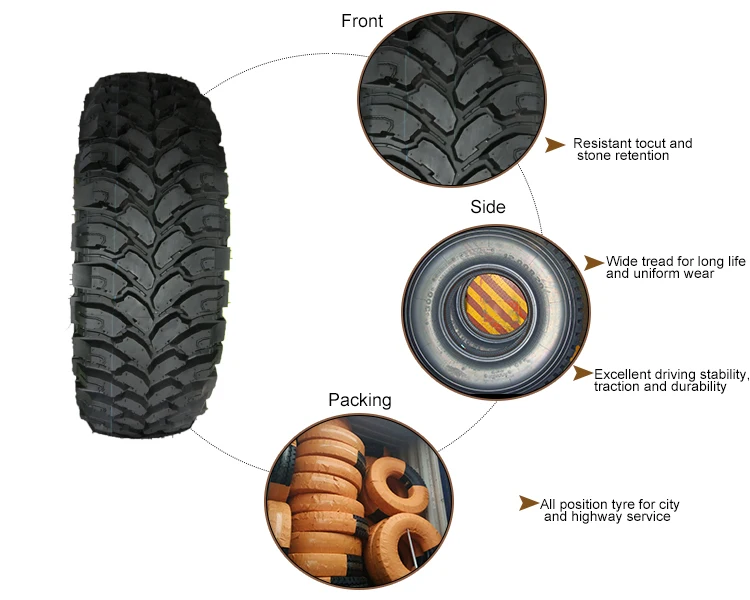Economy tires may be an affordable option in a variety of instances.
We’ve looked at what makes economy tires cheaper. In this article, we look at what to expect with these cheaper brands and how long they will last on the road and on the shelf.
Let’s dive in.
Depending on the tire itself, some economy tires will only last for 30,000 miles. Taking the time to understand the treadwear rating will help you to determine how long your tires will last.
Table of Contents
Economy tires are generally the cheap tires that you can buy as a solution when you need tires. They are going to be lower quality and not be rated for as many miles as high-performance tires.
Manufacturers produce a number of different tires.
The economy tire for many is around 30,000 miles. This means that, in ideal conditions, you will be able to drive on the tire for 30,000 miles before wear and tear that would require you to replace it.
Tires will last longer when you maintain them properly.
Proper tire maintenance includes:
By taking care of your tires, it will help with overall performance.
The warranty on your tires will typically tell you how many years you can expect them to last.
If you buy economy tires with a 40,000-mile warranty, consider how many miles you drive a year. If you drive approximately 10,000 miles a year, the tires will last for four years.
If you drive only 5,000 miles a year or less, you may find that the tires begin to dry rot.
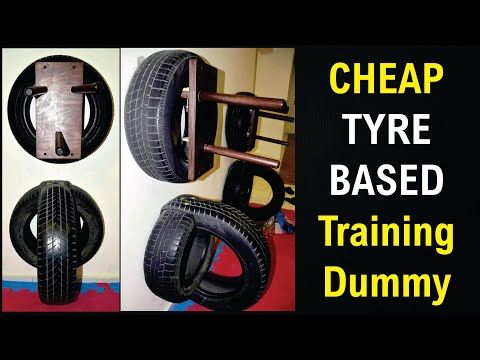
This is a process where the rubber starts to break down, leading to the tires falling apart. It typically start with the tires starting to crack and you wonder if they’re worn out.
While most tires will need to be replaced due to tread wear before you ever have to worry about dry rot, that’s not the case with tires that don’t get used very often.
Tires that remain stationary are more prone to dry rot because the rubber compounds are not being activated. It leads to the rubber drying out, which causes the tires to crack.
Once cracking begins, it’s no longer safe to drive on the tires.
Depending on the environment your car is stored in, tires can dry rot in six to eight years.
So, when you buy economy tires and don’t drive often, tires can last between four and eight years.
You might be wondering if tire brands really matter.
Economy tires may wear faster than the premium brands. This is when you have to read the fine print of the tires that you are buying.
This is when you have to read the fine print of the tires that you are buying.
Just because a tire says that it has a 50k warranty doesn’t mean that it won’t wear differently based on the type of tire.
There are a number of considerations to review when buying an economy tire.
The speed rating indicates the speed that can safely be maintained over time.
Economy tires generally have lower speed ratings.
If you’re not careful, you could end up buying a cheap tire that isn’t capable of withstanding the kind of speed that you travel on a regular basis.
The load index indicates the weight that your tires are able to withstand. The higher the number, the larger the load it can handle.
Consider what is in your vehicle. Heavier loads will put more pressure on the tires. This can affect performance, cause premature wear, and even result in a blowout.
The tread depth (measured in 32nds of an inch) can vary based on the tire you buy. SUV, all-weather, and winter tires may also have deeper tread depths.
SUV, all-weather, and winter tires may also have deeper tread depths.
If the tread depth isn’t very deep, the tire will wear faster than a tire that has a deeper tread.
Most economy tires have 10/32 tread whereas premium brands may have 11/32.
That extra 1/32 can help you to avoid seeing wear faster, even under the same driving conditions.
Reading reviews on economy tires from past customers who have purchased a particular manufacturer or model will help you make decisions.
Customers who have had a bad experience can tell you more about a tire. The review sites are there to inform, not to sell. It can provide you with the honest outlook that you need.
Some reviews may talk about erratic tread wear, inflation problems, and even flat spots on the tires.
Economy tires, when purchased from a reputable dealer, are safe on the highway.
Highways have speed limits typically between 50 and 70 miles per hour.
You have to make sure your tires are in good condition to handle such speeds. A blowout at that speed could be catastrophic.
You have to look more at the condition of the tire. You can do a visual inspection on your own or have a professional look at the tires.
A tire inspection should explore a few different aspects of the tire, regardless of whether it is an economy or premium tire.
Inflation:
Check the PSI of the tire against what the tire is rated for. Over inflation can lead to wear down the center of the tread along with additional wear at the edges of the tire.
Underinflation can lead to added pressure against the road and added wear on the outer edges of the tire.
Tread wear:
You will want to inspect the tread to make sure you won’t run into problems. If the tread isn’t deep enough, you will have traction issues on the road.
One of the easiest ways to check the tread is to conduct the penny test.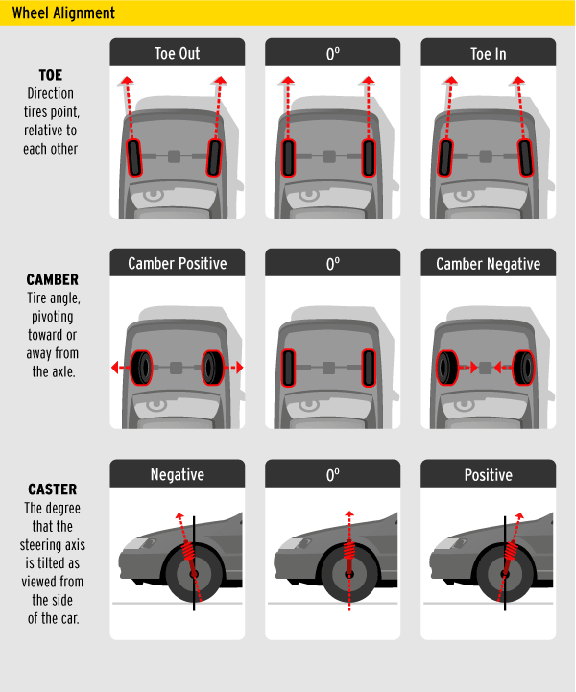 This is where you insert a penny into the tread, head first. If you see the top of Abe Lincoln’s head, the tread is heavily worn.
This is where you insert a penny into the tread, head first. If you see the top of Abe Lincoln’s head, the tread is heavily worn.
Raised portions:
If there is a rise or bump in the sidewall or tread, it’s an indication that a belt within the tire construction has separated. This can lead to dangers when driving at high speeds.
Tires are going to have an effect on many aspects of your drive. Since the tire is the only part of your car that has direct contact with the road, you have to make sure the tires are in good condition.
Economy tires are usually safe as long as they are rated for the speed you will be traveling.
Be sure that your tires have been inspected by a professional before going on any long trip.
Poor tires can lead to various problems:
Economy tires are the cheaper tire on the market.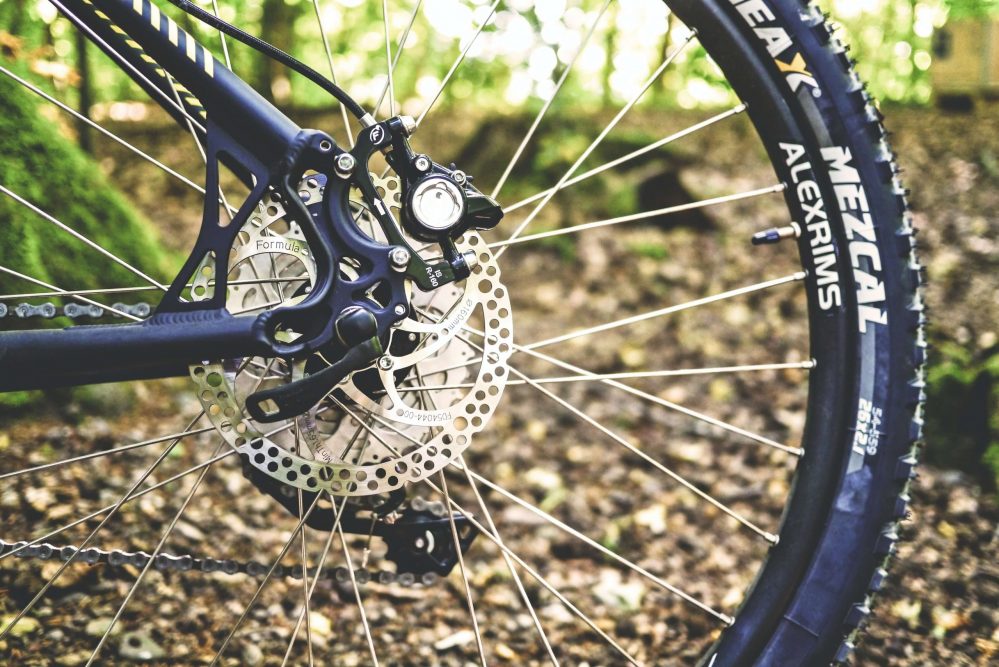
There’s nothing wrong with saving money from time to time. And there are plenty of reasons why you should choose them.
There are times when your tire needs to be replaced even though it’s the last thing that you can afford. Choosing an economy tire allows you to save money.
Although you might like the premium tires that are known for performance, they may be outside of your budget.
It’s better to have economy tires on your vehicle than tires that have low tread or dry rot.
Tire shops don’t always have every tire in stock. The average tire shop will carry several top manufacturers. The rest of the tires that they advertise are tires that can be ordered.
Depending on your tire size, they may not be common enough to keep in stock from various manufacturers. This means that you may be limited by what’s in stock.
If you have travel plans, you might not be able to wait a few days until the tire shop can order the tire you want.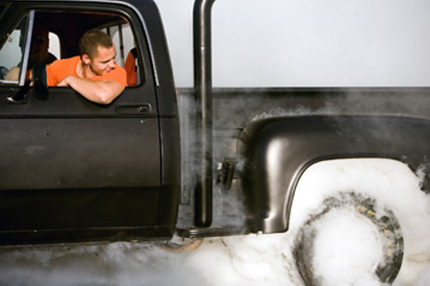
As such, you can get the economy tire that they do have installed right away. It’s still a tire, and that may be all you need to take your trip.
If you don’t do a lot of driving, such as under 10,000 miles a year, it may not be necessary for you to have the best of the best.
An economy tire will be all that you need.
When you’re not driving excessively, you don’t have to worry about treadwear as much. Additionally, if you aren’t driving in extreme weather conditioners, performance isn’t going to be a top concern.
Save the money for other things.
Buy the economy tire and move on.
It’s important that you have a tire that is capable of lasting in all conditions. If you’re not driving long distances, however, it doesn’t really matter.
An economy tire will take care of all of your immediate needs.
You’ll have the traction necessary to handle your daily commute as well as any basic driving you need to do around town.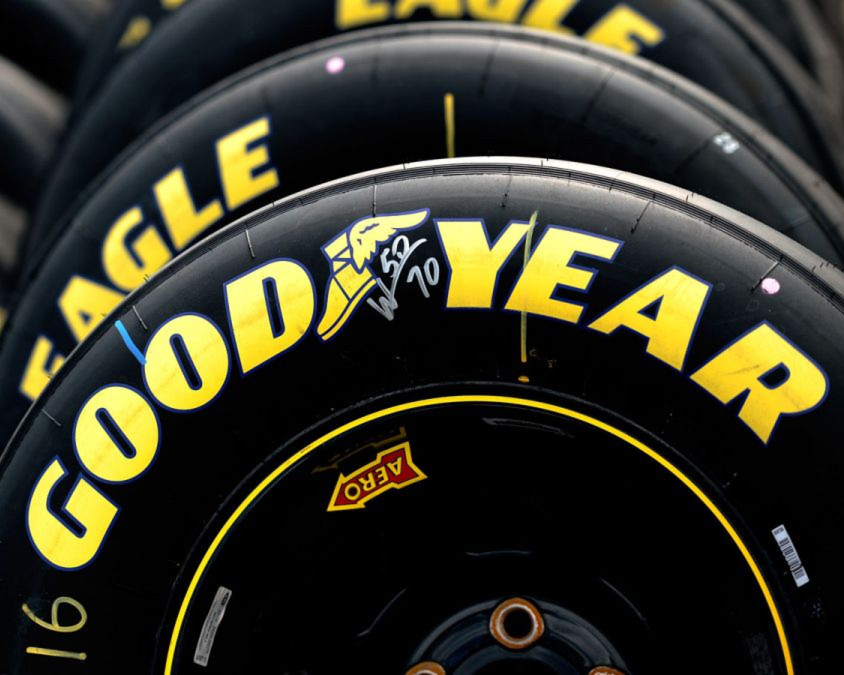
If you’re not reaching any high speeds, you can choose the economy tire without it being anything to worry about.
Economy tires are often worth it because you need to have functional tires on your vehicle. It often comes down to the number of miles you will get out of the tires.
Don’t be afraid to do some cost comparisons for tires.
With so many manufacturers and product lines from each manufacturer, you may have three or more options for the size of tire you need.
Get prices so that you can compare.
If you can find a 30,000-mile tire for $75 but a 60,000-mile tire is only $100, it is better to spend the extra $25 to get double the tread life on them.
Similarly, if a premium tire is going to be hundreds of dollars more, it may be more cost-effective to get the economy tire.
Just know that it isn’t going to last you as long.
More expensive tires do offer benefits. You can be more confident that they will hold up in extreme temperatures and across rough terrain. If you travel at top speeds or demand performance out of your tires, it may also be worth it to spend the extra money.
You can be more confident that they will hold up in extreme temperatures and across rough terrain. If you travel at top speeds or demand performance out of your tires, it may also be worth it to spend the extra money.
As you look at economy tires, decide what your budget is. If you can afford more expensive tires, the investment is usually money well-spent.
Even cheap tires are better than old, bald tires, though.
Read the ratings on the tires. Ask for pricing on a few different tire models so that you can make accurate comparisons.
Only after you look at both economy and premium tires should you make a decision about what you will buy for your car.
Tire Safety and Maintenance
How Long Should Tires Last?
Was this article helpful?
Great!
Click to share...
Did you find wrong information or was something missing?
We would love to hear your thoughts! (PS: We read ALL feedback)
Name (not required)
Email (not required)
Message
The question, "How long does a tire last?" tends to be followed by several others like, “What causes a tire to wear? When should tires be replaced? What can be done to make tires last longer?” Fortunately, we can help provide clarity around these questions.
There is no exact answer to how long a particular tire will last, but there are things a driver can do to get the most out of their tire investment and avoid driving on unsafe tires. On average, people drive between 12,000 to 15,000 miles a year, which means the average good quality all-season tire will last somewhere between three and five years, depending on maintenance, driving style and conditions, etc.
The National Highway Traffic Safety Association (NHTSA) states a driver is three times more likely to be involved in a crash caused by poor tire condition. Safer is smarter when it comes to the health of tires, so if there is ever a question on tread wear or age, have the tires checked.
Multiple factors play a role in how long a tire may remain in service. Miles driven, road conditions, driving style, maintenance and age all affect how long a tire lasts.
Worn vs. Aged
Tires naturally wear the more they are driven and worn out tires provide reduced traction compared to those with adequate tread, especially in adverse weather conditions.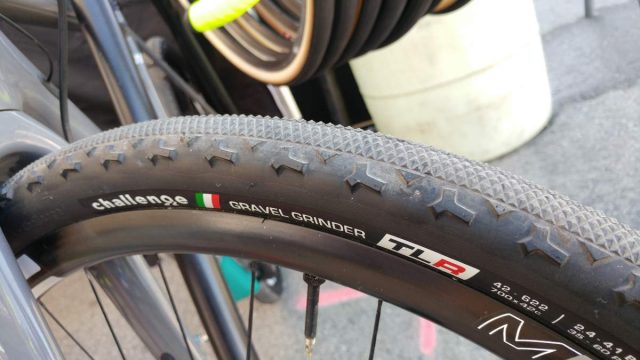 Most drivers understand worn out tires (remaining tread depth at or below 2/32”) should be removed from service.
Most drivers understand worn out tires (remaining tread depth at or below 2/32”) should be removed from service.
Many drivers are not aware that minimally used tires, like the ones on recreational vehicles, collectible cars, or even spare tires, tend to experience aging instead of wearing, due to a lack of driving. An aged tire has a substantial amount of tread; however, the structural integrity of the tire is weaker because the tire needs to be driven for the chemicals in the rubber to remain effective.
Curbs, Potholes, and Other Hazards
Hitting curbs or driving on roads in poor condition (potholes, broken pavement, poorly graded railroad crossings, unpaved roads, etc.) can cause misalignment, and suspension damage that affects tire wear. If your daily drive includes these challenges, be sure to schedule annual suspension, alignment and tire checks.
Weather Conditions
Driving in poor weather conditions like ice, snow, and rain can cause tires to wear quicker because they must work harder to maintain traction.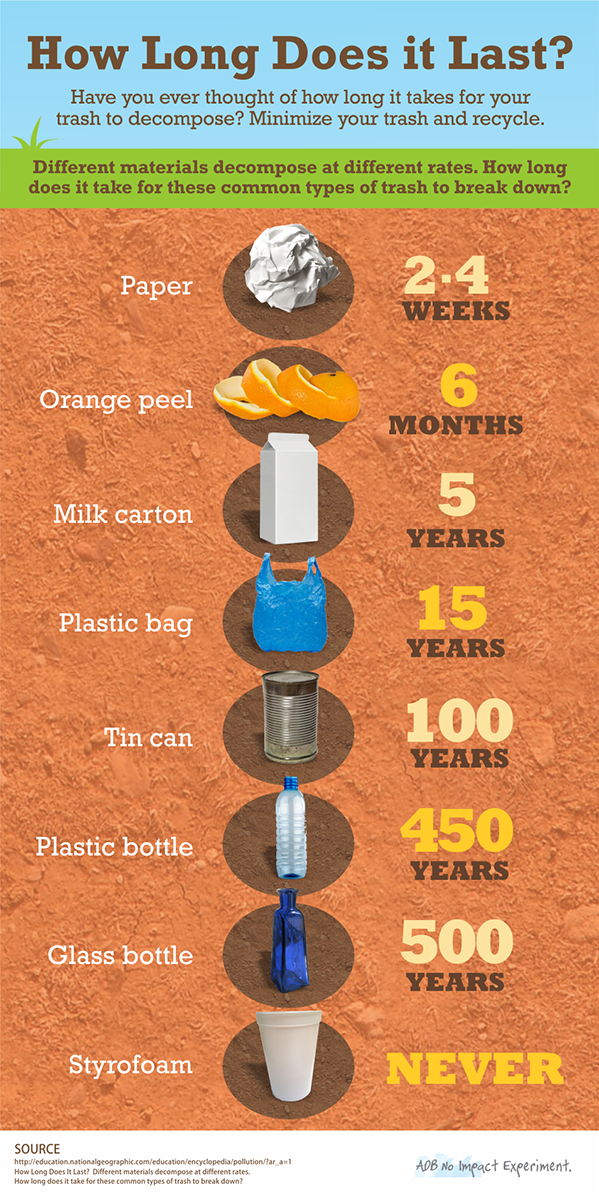 Purchasing tires that are specially engineered to perform in specific weather conditions can provide drivers with an extra measure of traction and control (meaning greater safety) while delivering good treadwear.
Purchasing tires that are specially engineered to perform in specific weather conditions can provide drivers with an extra measure of traction and control (meaning greater safety) while delivering good treadwear.
Bridgestone offers different types of tires designed to keep you and your car safe during any weather or road condition. For example, Bridgestone's Blizzak tire series is built to perform in harsh winter weather conditions providing durable traction on snowy and icy roads, and the Dueler tire series is one of several that offer a secure grip on wet road conditions for areas that experience heavy rain.
Poor Driving Habits
Poor driving habits like hard cornering, quick acceleration, and sudden braking can increase the stress on tires tremendously, causing them to wear rapidly. Drivers can extend the life of their tires significantly by avoiding aggressive driving.
Neglected Maintenance
It is important to regularly have tires checked for damage, to maintain air pressure levels, and to keep tires aligned and rotated.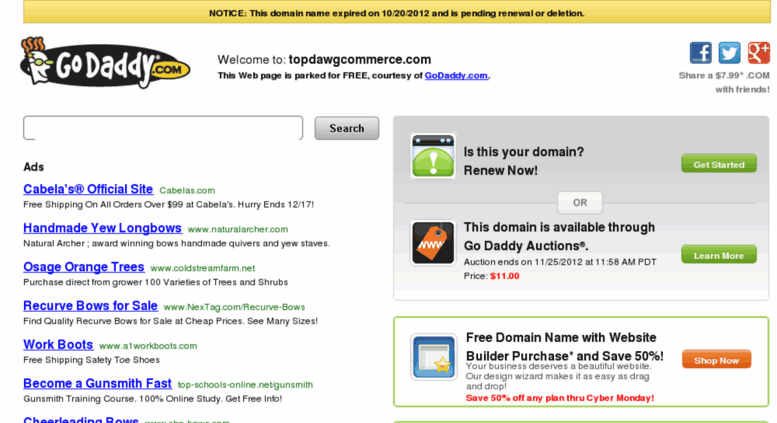 Without proper maintenance, tire life can be reduced by as much as half - even more, in some cases.
Without proper maintenance, tire life can be reduced by as much as half - even more, in some cases.
If the below signs are evident with your tires, it may be time to have them replaced.
Low Tread Depth
Tread loss is a significant sign a tire needs to be replaced. Low tread is a sign driver can physically see happening on their tire. Depending on the part of the tire that is wearing, there may be other problems with the vehicle.
Pronounced inner or outer shoulder wear: tires are misaligned
Edge of the shoulder wear: tires are under-inflated, need to be rotated or both.
Center wear: tires may be overinflated or have been subjected to extremely hard acceleration.
Cupped wear: the vehicle is experiencing suspension problems
All tires have tread wear indicators built-in, but if the tread looks low take time to do the penny test on the tires.
Rough Drive
If you’re experiencing a vibration (particularly if it just started), or high (and increasing) levels of tire noise it may be a sign your tires are out of balance, not wearing properly or have a structural issue. In some cases, this may affect safety, so have your tires checked by a qualified professional asap.
In some cases, this may affect safety, so have your tires checked by a qualified professional asap.
DOT Number
The U.S. Department of Transportation (DOT) number on the tire’s sidewall is another way to help keep track of when they need to be replaced. It’s easy to identify - look for the letters “DOT” followed by eleven or twelve letters and numbers. On tires made after the year 2000 the final four digits signify the week and year of manufacture. So, a tire with “3618” would have been made in the 36th week or 2018. A tire that has a 3-digit week-and-year code means the tire was made before the year 2000 and should be replaced due to age.
Bridgestone recommends that its Bridgestone or Firestone brand tires be removed from service after ten years regardless of their remaining tread depth. They also recommend periodic inspections by a qualified technician for damage such as punctures, impact damage, signs of improper inflation or overloading, or other conditions resulting from the use or misuse of the tire.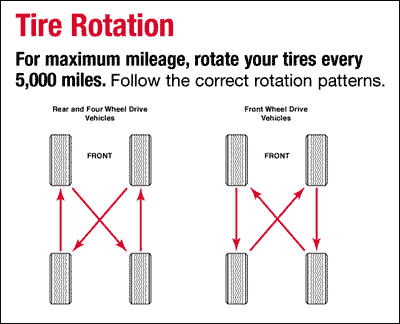
Tires are both one of the largest maintenance expenses a vehicle owner is likely to face, and one of the most critical in terms of driving safety and performance. For both reasons it’s important to care for them properly. Bottom line: good maintenance and driving habits help keep drivers safe, and it saves them money by extending tire life.
Easy Does It
Tire life can be reduced by as much as half when they’re subjected to a lot of hard braking and aggressive acceleration from a standstill. Avoiding tailgating to reduce the need for frequent hard braking will increase tire life. Easing into the throttle when pulling away from a stop reduces strain on the tires and improves wear. Slowing before sharp corners also reduces stress on tires, as does avoiding potholes and broken pavement when possible. If you’re interested in spending less on tires, following these steps can help.
Regular Maintenance
Another way to extend tire life is to keep up with the proper maintenance of a vehicle and its tires. A couple of things you can do yourself are to check the air pressure and tread depth. You should have a qualified technician periodically check their balance and alignment and be sure to have tires rotated at regular intervals. maintenance is essential for your tires to perform their best and last their longest.
A couple of things you can do yourself are to check the air pressure and tread depth. You should have a qualified technician periodically check their balance and alignment and be sure to have tires rotated at regular intervals. maintenance is essential for your tires to perform their best and last their longest.
Car tires are one of the most important components of car wheels. The tire is an elastic shell that is mounted on a disc rim. It is the tire that contacts the surface of the roadway and is designed to dampen small vibrations due to the imperfection of the roads, as well as to compensate for discrepancies in wheel trajectories. According to history, the first tire was designed in 1846 by Robert Thomson. The first copies could not be called reliable. They often burst and torn. For almost two centuries of its history, car tires have been constantly improved and modern specimens are far superior to their ancestors, both in design and in terms of service life. But nothing lasts forever, and car tires are no exception. Sooner or later they will serve their purpose and will need to be replaced.
But nothing lasts forever, and car tires are no exception. Sooner or later they will serve their purpose and will need to be replaced.
The service life of automobile tires is the period during which the manufacturer guarantees the possibility of using tires for their intended purpose and is fully responsible for any inconsistencies in performance and resulting product defects. Car tires, according to manufacturers, last up to ten years. But in practice, they have to be changed approximately every 5-6 years, and sometimes even more often, which depends on many factors.
When assessing the life of tires, it is also necessary to take into account the mileage of the car (since each motorist drives differently, some 10 km a day, and some all 100).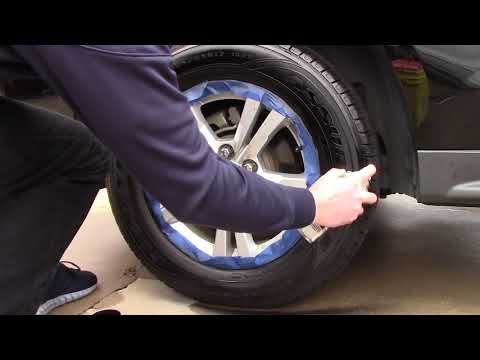 According to the accepted rules, the mileage standards for car tires are:
According to the accepted rules, the mileage standards for car tires are:
1. For passenger cars (carrying capacity up to two tons) - 45 thousand kilometers.
2. For trucks (carrying capacity from two to four tons) - 60 thousand kilometers.
3. For trucks (carrying capacity from four tons) - from 65 to 70 thousand kilometers.
Good tires are the key to a safe ride. But even the best rubber eventually wears out and loses integrity. Therefore, the driver should always monitor the degree of tire wear. You need to keep track of both summer and winter tires. Sometimes the service life of tires may not even reach five years, which, as already noted, is due to many factors that we will consider further.
So how do you know when your tires are nearing the end of their life?
1. If the tire tread is worn down to the level of the jumpers between the tread, then the tires have served their purpose.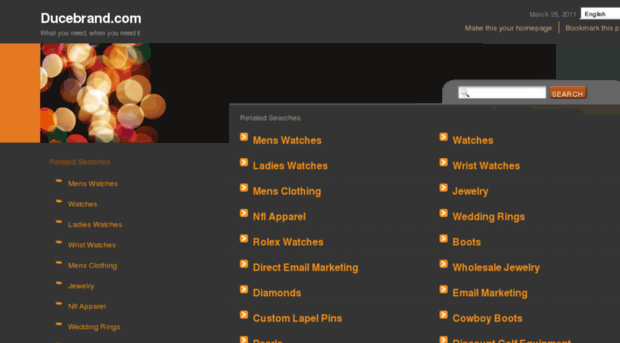 You can determine the degree of wear by eye or with the help of tools. To measure the tread height, use a ruler with a special depth gauge. For summer tires, this parameter should be more than 1.6 mm, and for winter tires - more than 4 mm. If these parameters are less, you should think about replacing tires. In case of uneven wear over the entire surface, measurements should be taken at the most worn area.
You can determine the degree of wear by eye or with the help of tools. To measure the tread height, use a ruler with a special depth gauge. For summer tires, this parameter should be more than 1.6 mm, and for winter tires - more than 4 mm. If these parameters are less, you should think about replacing tires. In case of uneven wear over the entire surface, measurements should be taken at the most worn area.
2. On the surface of some tires there are numbers of different depths. And you can judge the degree of wear by how many numbers are visible at the moment.
3. If the car has studded tires, then the need to replace it can be judged by how many studs are left on it (if less than half is left, it should be replaced).
4. Small cracks on the sidewalls of a tire indicate the aging of the rubber and are a harbinger of its imminent replacement. But deep cuts on the sidewalls are an alarm signal for an immediate replacement of rubber.
5.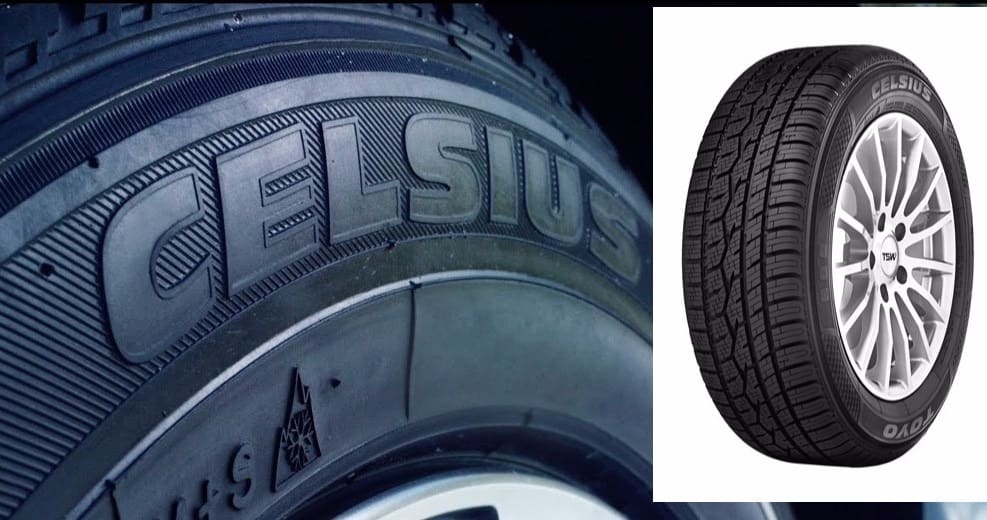 Swollen sidewalls (the so-called “bulges”) appear due to the rupture of the cord layer and indicate the need to replace tires (sometimes “bullets” occur on the inside of the wheel, so you should always be very careful about their inspection).
Swollen sidewalls (the so-called “bulges”) appear due to the rupture of the cord layer and indicate the need to replace tires (sometimes “bullets” occur on the inside of the wheel, so you should always be very careful about their inspection).
If you find something similar, then it's time to think about replacing tires. And to confirm your fears, the right thing to do would be to contact a specialist master who accurately diagnoses the condition of the tires.
Car tires are of different types, depending on the season for which they are intended:
1. Summer tires.
2. Winter.
3. All season.
Tires are made of different rubber for different seasons. Summer tires are made of harder rubber than winter or all-season tires. Therefore, their service life will also be longer. As for all-season tires, they are not recommended for use in regions where the temperature during the winter season is much below zero , as they will not live up to your expectations and will last a very short time.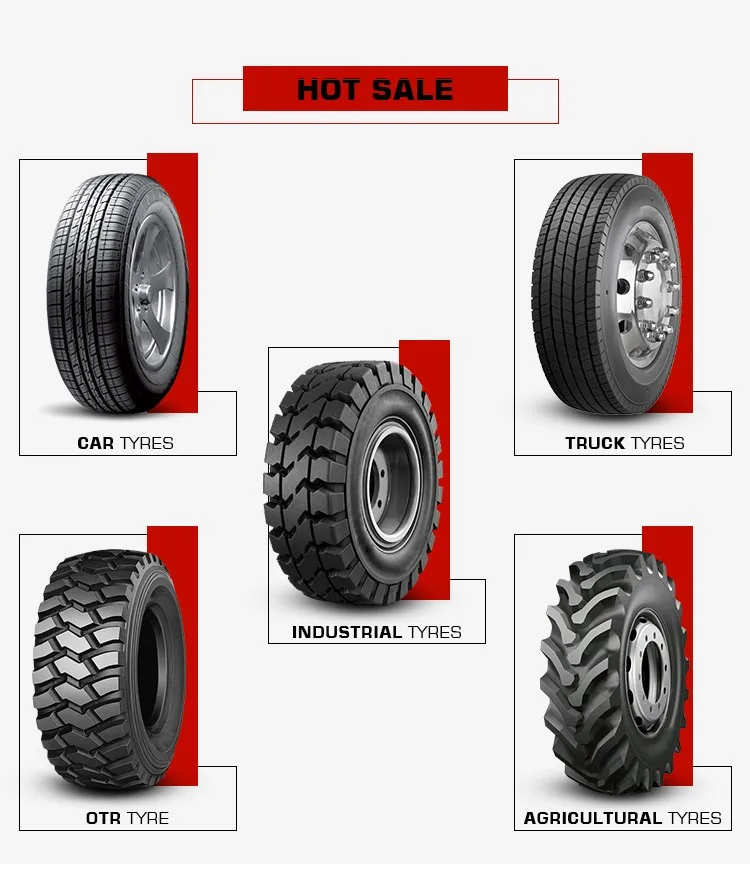
According to manufacturers, the service life of car tires ranges from seven (for winter) to ten (for summer) years. But one should not blindly believe such statements. The fact is that many factors affect the service life of car tires, including:
2. The quality of the road surface, which is far from ideal in our country.
3. The quality of car rubber greatly affects the life of tires. Cheap Chinese rubber will last much less than rubber from well-known brands (the service life of Chinese rubber is about two seasons, and branded rubber is about seven). But a famous brand is not a guarantee of success. Indeed, very often fakes are sold under the label of well-known brands, and they, a priori, cannot last for a very long time (during the purchase, be sure to remember this aspect and choose wisely).
4. Miscellaneous mechanical damage (for example, cuts, bumps after impacts, deformations due to emergency braking, traffic accidents, etc. ).
).
How to determine the causes of tire wear? There are many reasons for tire wear. And this is not only the gradual erasing of the tread when moving on the road (in accordance with the mileage for which they are designed). It is not difficult to determine the causes of wear (this is done by the surface of the tire and the tread pattern). Let's consider several options.
1. If the outer edges of the tire are worn an order of magnitude more than the central part, then there was insufficient pressure in the tires. And if, on the contrary, the central part is more worn than the outer edges, then the pressure was excessive.
2. If the tread edges are worn on only one side, then the camber angles have been violated.
3. Uneven tire deformation indicates the driver's addiction to extreme driving with hard braking.
Summing up, it is worth noting that manufacturers, indicating the life of their tires, are guided by ideal conditions.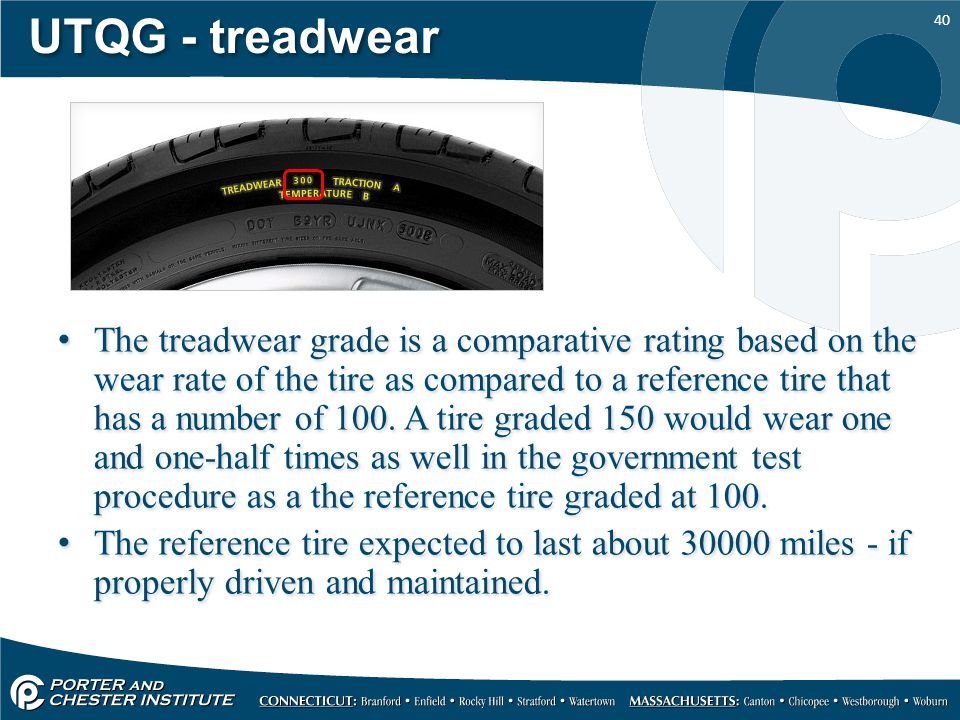 And each motorist must independently predict these terms for himself, paying attention to the considered aspects.
And each motorist must independently predict these terms for himself, paying attention to the considered aspects.
Tire life depends on the mode of use, storage conditions and other factors. But it is impossible to accurately calculate this value, since there are a lot of variables in this equation. In order for car tires to last as long as possible, it is necessary to take care of them regularly and make sure that they are not damaged.
Recommendations on how to extend the life of car tires:
1. It is necessary to do a timely technical inspection of the entire car, including tires.
2. Inspect car tires every month and if any suspicious changes are found, contact the specialists at the service center.
3. Check the pressure inside the tires monthly (even more often). And, if a discrepancy is found, eliminate it.
4. Every 15 thousand kilometers it is worth balancing the wheels.
5. Carefully inspect the surface of the tires for bumps and foreign objects after impacts and sudden movements on the road.
6. If the wheels are changed, the original direction of movement must be maintained. Otherwise, additional wear of the tire surface will occur.
7. After repairing the steering gear or replacing the joints on the car, be sure to carefully check the wheel alignment, and also regularly monitor the clearances in the bearings and the presence of steering play.
8. Ensure correct seasonal storage of rubber in the warehouse.
By following these simple rules, you can be sure that the life of your car tires will be as long as possible, and the process of driving will become more comfortable and safe.
Konstantin Ishchenko
an experienced car enthusiast
The hardest hit on the budget of a motorist is when you have to buy both summer and winter sets of tires within one year.
For example, the popular Nissan Qashqai is equipped with 225/45 R19 tires in the maximum configuration, a set of the middle price category will cost about 50,000 RUR.
But there is an option to save money and buy used tires. This article will tell you how to safely buy used tires and when you shouldn't.
Suppose that the tires are worn out, worn out or the season has changed. We wrote in detail about how to assess the condition of tires and understand when they need to be changed in a separate instruction. Before you start looking for tires, it is important to be able to read their parameters. The most important in this situation are the size, manufacturer and model of the tire.
The most important in this situation are the size, manufacturer and model of the tire.
If the task is to buy a set of four tires, then it is important to respect the size. If you damaged one tire, you will have to look for exactly the same one: two wheels of the same axle must have tires with the same tread pattern, and this is possible only in the case of tires of the same model.
/save/koleso-hack/
How to save on buying car tires and wheels?
Tire parameters important to look for: width, profile height and rim diameter Tire manufacturer and modelAccording to Avtostat, an average car in Russia drives 17,500 km per year. Let's take the average wear resistance of tires according to the Treadwear index - 320 and calculate how long a new set of summer tires could theoretically last.
Every 100 index units is 12,500 km, which means tires are rated for 40,000 km. Assuming that the summer kit is used for 6 months out of 12, the mileage for six months is 8750 km, and the kit is enough for 4. 5 seasons.
5 seasons.
If the annual mileage is 30,000 km, then the summer kit should wear out in 2.7 seasons. But I have not met people who change tires in the middle of the season: either they change them in the spring, or they drive them until autumn.
Judging by Yandex Market, the average popular tire 205/55 R16 costs 5500 R, which means that the set is 22 000 R. Let's round up 2.7 to three full seasons. One season costs Rs. pay more than 14,000 R. How to evaluate the tread depth on a used tire, we will tell a little later.
/top-economic-cars/
11 economical cars for daily driving
These are very average values, but still usable. There is no perfect formula, operating conditions and driving style are very different.
Buying used tires will allow you not to get into a loan if a new set is too expensive. Or it will help those who know for sure that at the end of the season they will change the car: there is no point in buying new tires for the next driver.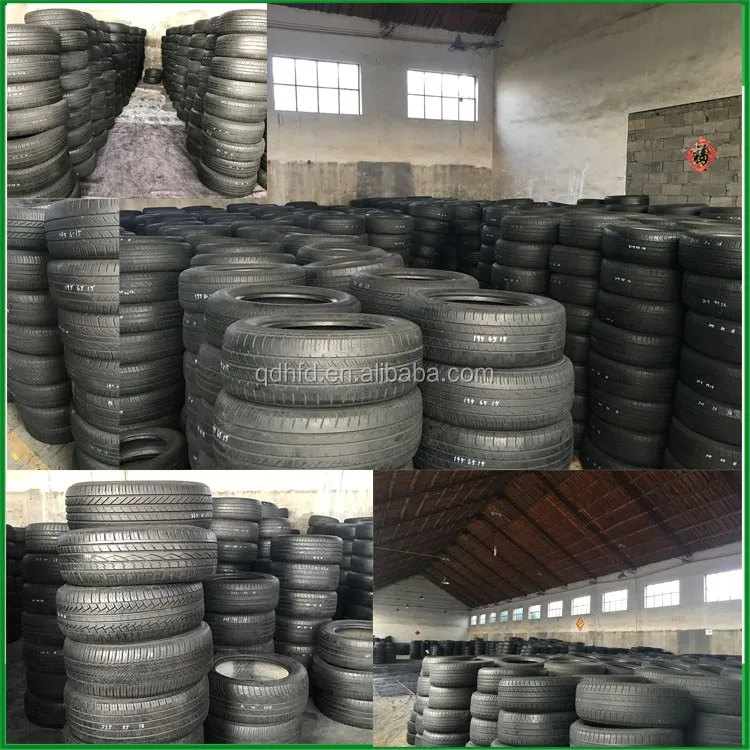 However, the theoretical calculation does not take into account your travel time for the next purchase and the risks of buying a bad kit. If you plan to drive a car for at least two years, buy new tires.
However, the theoretical calculation does not take into account your travel time for the next purchase and the risks of buying a bad kit. If you plan to drive a car for at least two years, buy new tires.
At first glance, selling tires is illogical. Tires need to be worn out completely and then disposed of, but the market for used rubber is huge. It has several types of sellers with very different offers.
Companies that sell used tires from Europe and Japan. Despite the ban on the import of used rubber, which has been in effect in the Eurasian Customs Union since January 1, 2010, this business is flourishing. The main thing is to prove that tires are not hazardous waste and they are not imported for recycling. Therefore, on Avito and various sites, many offices offer used tires of various brands, sizes and models.
The main thing is to prove that tires are not hazardous waste and they are not imported for recycling. Therefore, on Avito and various sites, many offices offer used tires of various brands, sizes and models.
| Benefits | Disadvantages |
|---|---|
| Huge selection of summer tires Advice available, professionals know their product Usually there is a tire service on site Safer online shopping. Many trade by bank transfer as a full-fledged online store Tire warranty until the first tire fitting, a defective tire will be replaced with a good one or money will be returned | There is almost no choice of winter tires: no studded and little friction - Velcro. You can only buy "euro-winter" for mild climatic conditions. Consultation will not always be truthful and in the interests of the buyer. Everything is like on the market in the bad sense of the word Tires can be of the old year of manufacture |
Here are some of the advantages of the specialist shops that sell used tires:
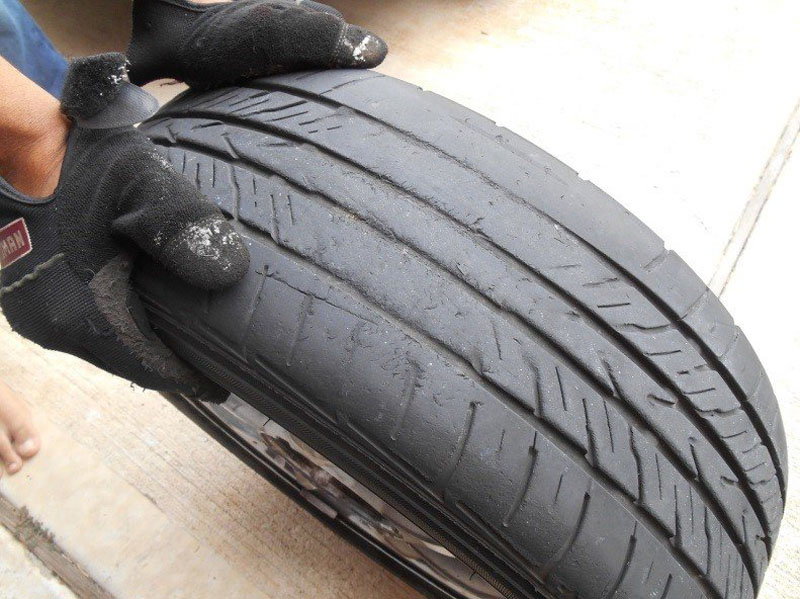
But there are also disadvantages:
Dealers and tire shops. They differ from the first ones in scale - they are much smaller, and also in that they trade at best on the scale of one city.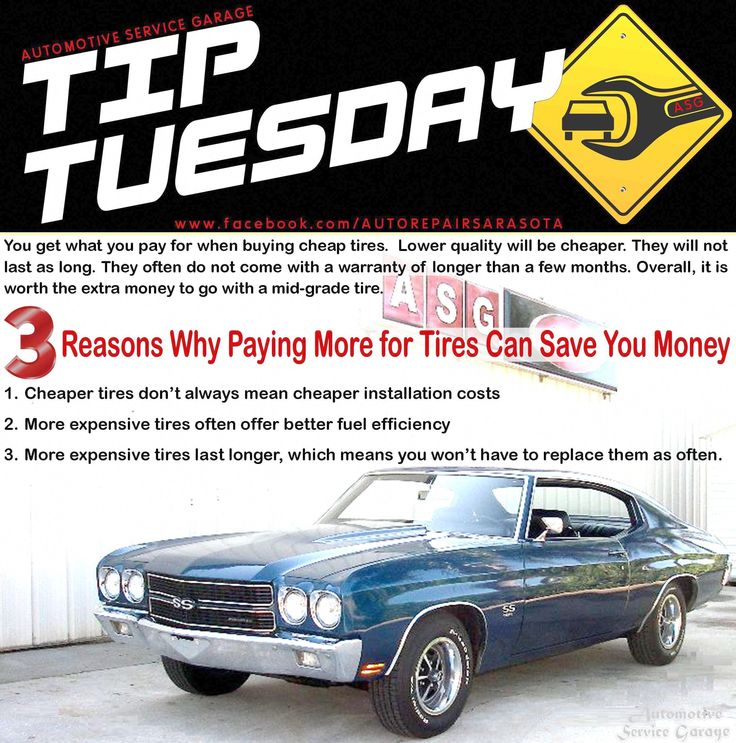 Often the base for such activities is a tire shop. They buy cheaply at Avito or from tire fitting clients, sell more expensively at Avito or other tire fitting clients.
Often the base for such activities is a tire shop. They buy cheaply at Avito or from tire fitting clients, sell more expensively at Avito or other tire fitting clients.
There are also not very pleasant scenarios: an unscrupulous tire fitting worker offers to dispose of a completely normal set of tires “out of friendship” and gets it for free. For another client, the same kit “very much nothing, two seasons will definitely pass” costs 15,000 rubles.
/save/garage-hack/
A typical tire shop that sells rubber for emergency replacement of a damaged tire. The choice is small, storage is not according to the rules: direct sunlight damages tires. But there are situations when there is no choice
Individuals who sell unwanted tires for a variety of reasons. Here are the main ones:
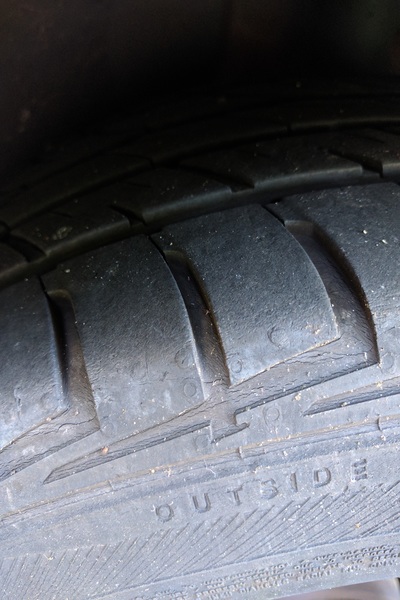 This makes sense: a car will definitely not become more expensive due to a set of wheels;
This makes sense: a car will definitely not become more expensive due to a set of wheels; | Advantages of | Disadvantages |
|---|---|
| You can search for tires by car make and model, not just size With a bit of luck, you can make a super bargain | It will take a long time and carefully to choose among ads Many do not know what they are selling (errors in names, sizes and tire models are the norm) A rare seller agrees to tire fitting in his presence, everything will have to be checked by himself and by hand Many scammers: they can offer to leave an advance payment and disappear or send an erased kit instead of what is in the ad No warranty on tires |
Here are some of the benefits of buying used tires from individuals:

But there are also disadvantages:
Universal ad platforms: Avito, Yula and others.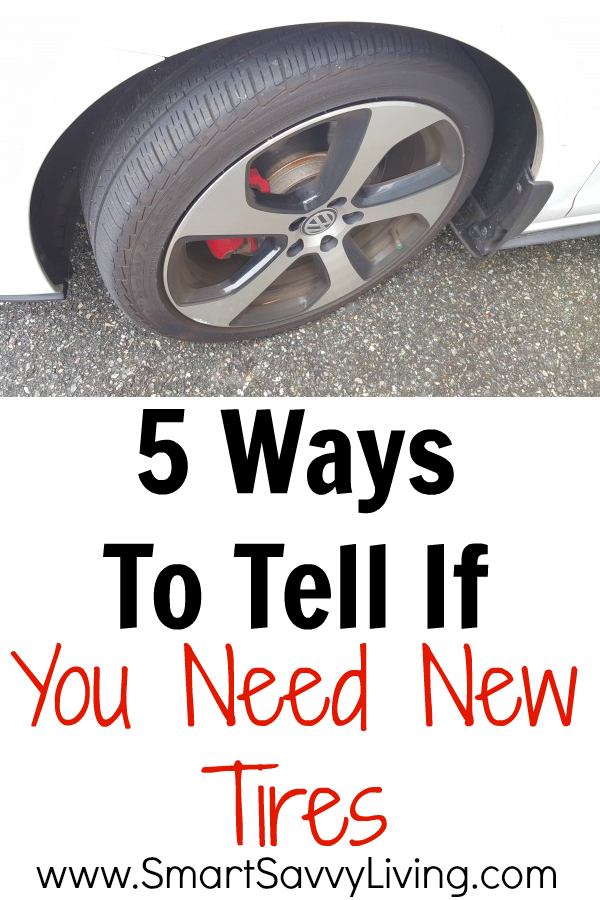 Here is the largest selection of used tires. Both private traders and professionals sell. Despite the convenient application and filters, it takes a lot of time to search. Don't expect every seller to list the model correctly. Bridgestone Potenza can become just "Bridge Stone" - and this is not the worst option.
Here is the largest selection of used tires. Both private traders and professionals sell. Despite the convenient application and filters, it takes a lot of time to search. Don't expect every seller to list the model correctly. Bridgestone Potenza can become just "Bridge Stone" - and this is not the worst option.
You will have to scroll through a huge number of ads with completely worn-out tires that are only suitable for recycling. Unfortunately, no filters will save you from this. Looking for tires on Avito is like looking for a treasure: you have to dig a lot, and no one guarantees a reward, but some are lucky.
/avito-fraud/
Avito: how to avoid scammers
Adjust the filter by size - so you will have more chances to find the tires you need You can no longer drive on such tires: they are worn out to the limit marks, this can be seen even in the photo. Plus, the sidewalls are very worn out. But the seller still thinks that he can get 3000 R for them Websites for car sales announcements: "Avto-ru" and "Drom".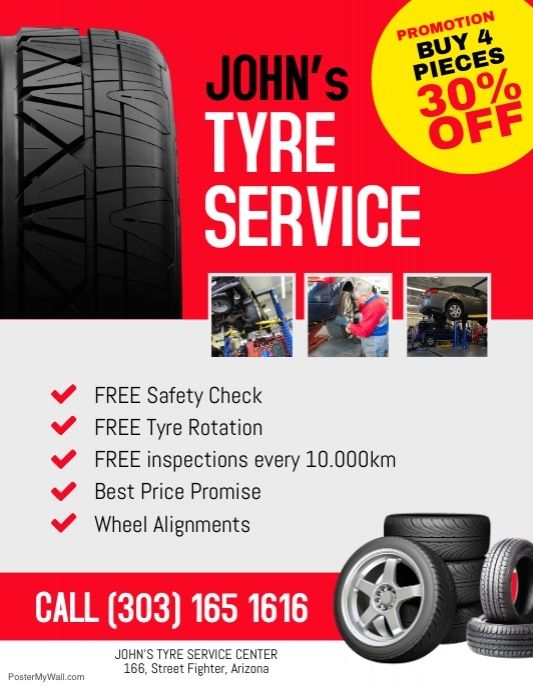 There are few private ads here, mainly specialized stores operate on such sites.
There are few private ads here, mainly specialized stores operate on such sites.
Droma has the largest selection of used wheels and tires from Japan in the country. Drome offers a good customer protection service and acts as a guarantor of purchase: if they send you worn or damaged tires, the site will return the money. If everything is fine, they will be transferred to the seller.
At the time of writing the article on Avto-ru, there were only five private ads for the sale of tires of the common size 205/50 R17 throughout Russia. It makes no sense to look for tires from private traders on this site. Source: Avto-ruCar club sites: forums, chats, Drive-2 — places where representatives of car clubs communicate. Sometimes it can be difficult to find the site itself. This can be a group on Vkontakte, a chat on Telegram or WhatsApp.
There are fewer offers here, but they are more interesting, more likely to find a good set. It is not customary to post completely junk for sale in communities or to greatly inflate the price: the ad will be discussed, criticized, or even deleted altogether.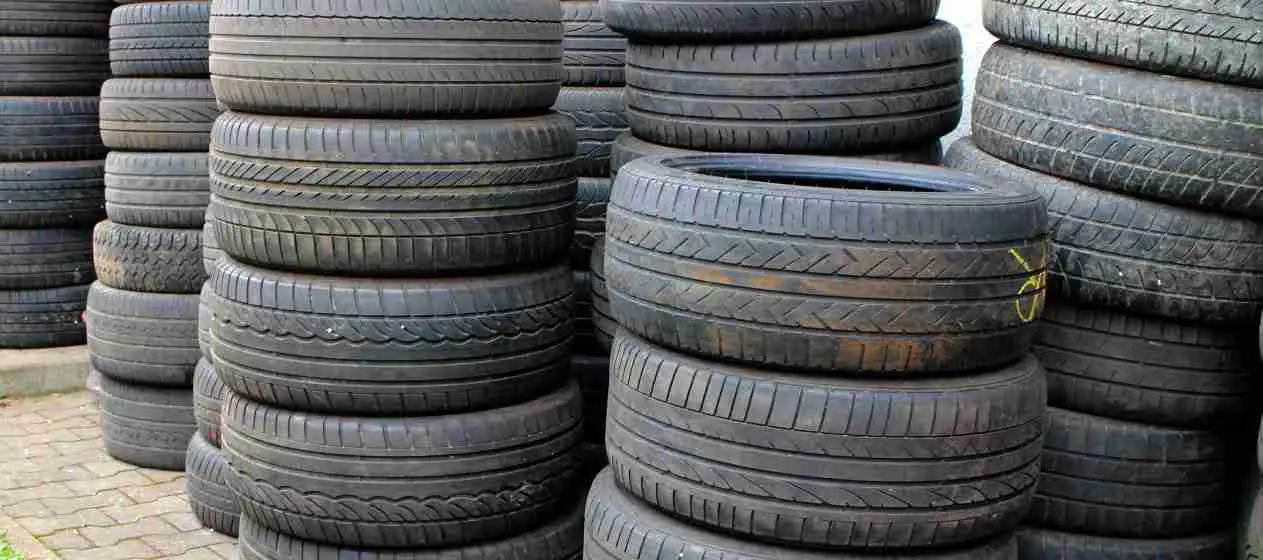
But don't forget about safety. You should not buy something without verification or send the entire amount to a stranger in another city. It is usually customary to ask a friend of a teammate to go look at the kit and make sure that the tires are sent. Here, as a rule, you can place your ad on the purchase of the necessary tires and wait for responses.
There is a flea market on Drive-2. It is not very popular, but it is worth looking into it: there are filters separately for disks, wheels and tires, you can specify the dimensions.
/carservice/
How to save on the operation of the car
Special online stores and car disassembly. In most cases, such sellers open an official representative office on Avito, but some sites are still working. They may have rare tires or a more interesting price. Large auto-dismantlers rarely sell tires - they mainly sell sets of wheels. The condition of the tires on the rims is most often mediocre: a car is not sent to scrap on good tires.
Tire shops and car services. It's hard to find interesting deals on tires here, it's not their business. Tires in a tire shop are usually bought in emergency cases: when one or more tires are damaged, but you need to somehow drive a couple of weeks to pay.
Price. Before buying used tires, it is better to check the price of new tires of the right size. Tires from young Chinese brands are very cheap, and the market for used tires is overheated and overpriced. It is impossible to unequivocally answer which is better: a new tire from an unknown manufacturer or a used tire from a well-known brand. But it is necessary to compare, study reviews and weigh everything.
At first glance, an excellent offer. A set of fresh tires 215/55 R17 with 20% wear for 18,000 R. But the indicated balance of 6 mm is about 30% wear. The remaining tread of the new tire is 8 mm, the tread limiter bar has a height of 1. 6 mm. The tire is worn 2 mm. Usable tread depth: 8 mm − 1.6 mm = 6.4 mm. 2mm from 6.4mm is 31% wear. Source: Avito But then it turns out that the new ones are very inexpensive. The remaining 6 mm is two-thirds of the tire resource, which means that buying such a kit costs no more than 16,000 R. Source: Yandex Market
6 mm. The tire is worn 2 mm. Usable tread depth: 8 mm − 1.6 mm = 6.4 mm. 2mm from 6.4mm is 31% wear. Source: Avito But then it turns out that the new ones are very inexpensive. The remaining 6 mm is two-thirds of the tire resource, which means that buying such a kit costs no more than 16,000 R. Source: Yandex Market Manufacturer, model, size, indices and other features. Be sure to check all the characteristics of the tires - everything that is indicated on the sidewall. The seller may not understand tires well or deliberately lie. Carefully inspect each tire. For example, you can accidentally buy a set of four tires, where three will be with runflat technology and one without it. If buying tires remotely, always ask for individual photos of each tire in full detail, or even better, a video.
Tire year. Among the ads of specialized stores, there are often tires that are more than 5 years old. Tires may have excellent tread residue, but it is better to refrain from such a purchase.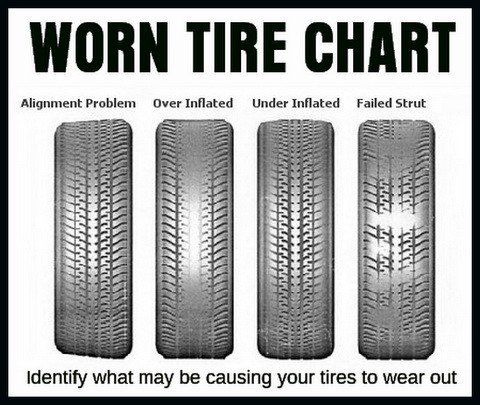 The older the tire, the worse its properties and the greater the chance of hidden damage: cracks, delaminations and ruptures.
The older the tire, the worse its properties and the greater the chance of hidden damage: cracks, delaminations and ruptures.
/wtf/bezkoles/
How online tire stores deceive car owners
The tire release marking always looks like this: the first two digits are the production week, the second two are the yearTread depth. It is not necessary to measure the residual depth “by eye”, it is better to buy a special device or use a caliper. The standard tread depth of new summer car tires is 7-8 mm, winter tires are 8-10 mm.
About tires that are long overdue for disposal, they wrote above: summer tires less than 4 mm or winter tires less than 5 mm should not be bought "for the season", it is not safe.
Digital Tread Depth Gauge is a simple and cheap instrument. It will help to accurately measure the residual tread depth and adjust the price of a set of tires. Source: Yandex Market Tread condition, damage and repairs. Do not buy tires with uneven tread wear. They will not be able to provide a complete drainage of water from the contact patch with the road, it is unsafe to ride on them. Severe cuts or even the absence of individual tread fragments will also be a reason to refuse a purchase. Without a specialist, you run the risk of buying a tire that you cannot use.
Do not buy tires with uneven tread wear. They will not be able to provide a complete drainage of water from the contact patch with the road, it is unsafe to ride on them. Severe cuts or even the absence of individual tread fragments will also be a reason to refuse a purchase. Without a specialist, you run the risk of buying a tire that you cannot use.
But do not be afraid of well-repaired punctures. Tires with patches on the inside of the tread part can be bought, this will not affect further operation. You should not buy tires on which punctures were repaired with a tourniquet.
/mini-jcw/
How much does it cost to own a Mini John Cooper Works
Obviously, this tire is no good: there is almost no tread, the studs are completely worn out. The central part is almost completely missing, and the sidewalls are less worn. Maybe the tire was pumped. Surprisingly, they also sell such Cracks and delaminations. Long longitudinal cracks, along the circumference of the tire on the sidewall or small cracks in the tread area - in any case, bad.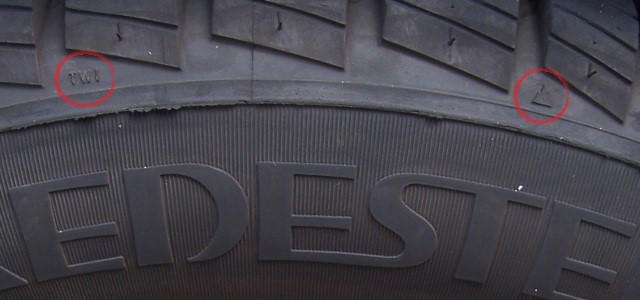 Either such a tire was poorly stored, or it is very old. This is a particularly dangerous case, because such a tire can collapse while driving and cause a terrible accident. Cracks are not repaired, so you will have to refrain from buying.
Either such a tire was poorly stored, or it is very old. This is a particularly dangerous case, because such a tire can collapse while driving and cause a terrible accident. Cracks are not repaired, so you will have to refrain from buying.
Sidewall condition, damage and repairs. Hernias of any size, side cuts and patches on the side of the tire are good reasons to keep looking. You can't buy these tires.
Carefully inspect and feel the sidewalls of the tires. Unfortunately, not all defects can be found on a tire without a disk and without air inside. It will be ideal if you can mount tires on rims in a tire shop. Ask to balance the wheels and only then pay.
/guide/rezina/
How to choose tires for a car or crossover
If in doubt that the tires are intact, look for another option. Remember that it is the tires that connect your car and the road.
The surface adjacent to the rim may also be damaged on the tire. The photo shows the consequences of careless tire fitting of an old tire. I don't recommend buying this tire. If in doubt, and the offer is very interesting, ask the opinion of a tire fitting specialist
The photo shows the consequences of careless tire fitting of an old tire. I don't recommend buying this tire. If in doubt, and the offer is very interesting, ask the opinion of a tire fitting specialist Presence of spikes and their condition. It is not necessary to count every stud on a tire, it is difficult and time consuming. Just look at the tire: if it seems that there are about half of the studs on it or less, you do not need to buy a tire. Studded tires without studs won't get Velcro, so don't just look at the tread.
Studs on a tire that has already been driven for a couple of seasons look very different from new ones. They were worn off along the way, the seats were broken. In the background, you can see that the tire has already begun to lose studs. Even with sufficient tread, you can be left without spikes very quickly, it is better to look for another option Ads often offer used tires at an inflated price. We have made a special calculator that will help you calculate the fair value of tires, regardless of the manufacturer, technical parameters of tires and their number in the kit.
We have made a special calculator that will help you calculate the fair value of tires, regardless of the manufacturer, technical parameters of tires and their number in the kit.
